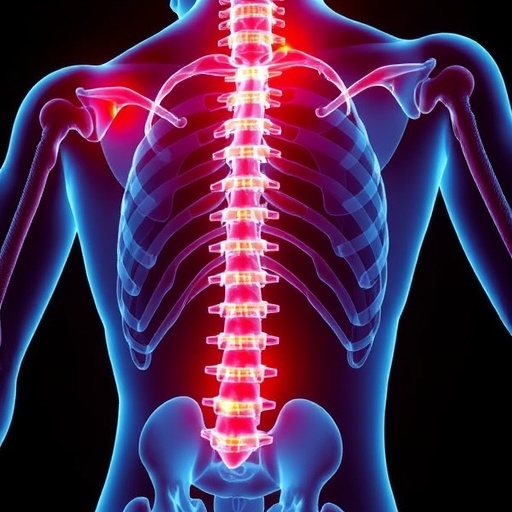New publication in Nature Biotechnology
Credit: Anne Rios (Princess Maxima Centre) for Nature Biotechnology
Scientists from Utrecht University, University Medical Center Utrecht and Hubrecht Institute have successfully created kidney organoids from urine cells. This could lead to a wide range of new treatments that are less onerous for kidney patients. The results of the research will be published in Nature Biotechnology today.
Thanks to revolutionary developments in stem cell research, scientists can grow mini intestines, livers, lungs and pancreases in the lab. Recently, by growing so-called pluripotent stem cells, they have also been able to do this for kidneys. In their study, the researchers from Utrecht University used adult stem cells, directly from the patient, for the first time. Urine cells also proved to be ideal for this purpose.
A mini kidney from the lab doesn’t look like a normal kidney. But the simple cell structures share many of the characteristics of real kidneys, so researchers can use them to study certain kidney diseases. ‘We can use these mini kidneys to model various disorders: hereditary kidney diseases, infections and cancer. This allows us to study in detail what exactly is going wrong’, says Hans Clevers, Professor of Molecular Genetics at Utrecht University and the University Medical Center Utrecht, and group leader at the Hubrecht Institute. ‘This helps us to understand the workings of healthy kidneys better, and hopefully, in the future, we will be able to develop treatments for kidney disorders.’
Drug
Kidney patients who undergo a transplant are at risk of contracting a viral infection. Unfortunately, at the moment there is still no effective treatment for this. ‘In the lab, we can give a mini kidney a viral infection which some patients contract following a kidney transplant,’ says Professor of Experimental Nephrology at UMC Utrecht, Marianne Verhaar. ‘We can then establish whether this infection can be cured using a specific drug. And we can also use mini kidneys created from the tissue of a patient with kidney cancer to study cancer.’
Collaboration
Verhaar explains that she collaborates with medics, researchers and technical experts at a single location in Utrecht: the Regenerative Medicine Centre Utrecht. ‘Collaborating in this way has made a huge difference to our research. We hope that, together, we can improve treatments for kidney patients. In the long term, we hope to be able to use mini kidneys to create a real, functioning kidney – a tailor-made kidney – too. But that’s still a long way.’
###
Media Contact
Tim van Ham
[email protected]
Original Source
https:/
Related Journal Article
http://dx.




